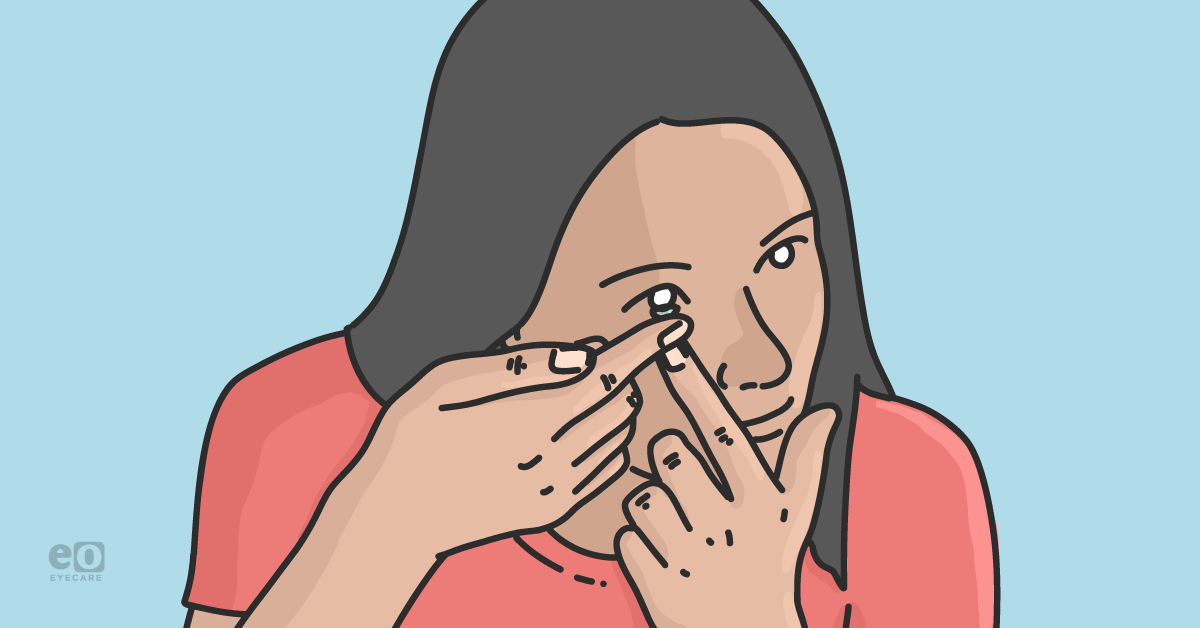Unfortunately,
contact lens dropout is a common occurrence in our contact lens practices. About 20% of contact lens wearers will discontinue lens wear at some point.
1Despite the development of advanced material technologies, superior optical designs, and the introduction and adoption of
daily disposable modalities, dropout rates have remained unchanged over the last two decades.
1-5 Further, epidemiological factors like age and gender haven’t been shown to meaningfully predict what specific types of patients might be more susceptible to discontinuing contact lens wear.
2-4,6It is frustrating to think that one in five of the contact lens wearers that we spend thoughtful, intentional time with will eventually drop out. This is a significant waste of resources and time for the patient and for doctors alike, coupled with a major revenue loss for our practices.5
What’s the good news about contact lens dropout?
I’ve led with mostly bad news so far, but there is good news when one considers contact lens dropout: Patients who drop out of contact lens wear don’t have to be dropouts forever. It has been reported that the majority of patients who discontinue lens wear will pursue a refit at some point.3 Subsequently, most of these patients who revisit lens wear can successfully resume if they are given another option.6,7
High dropout rates don’t have to be a reality for your practice. By considering the evidence of what we know about dropout and applying some
easy clinical practices to your contact lens fittings, you can take steps to potentially eliminate dropout in your practice.
Prevent contact lens dropout by optimizing the ocular surface
The primary reason for contact lens discontinuation is discomfort, so it’s easy to assume that
patients with signs of dry eye and overarching ocular surface issues are more likely to drop out.
2-4 Interestingly, there has been little evidence to suggest that discomfort and signs of dry eye are correlated with one another.
6,8,9 “Giannaccare et al. reported that discontinued contact lens wearers have worse dry eye symptoms, tear break-up time, and ocular surface staining.”
Shifting to the eyelids, successful contact lens wearers have been reported to have less meibomian gland tortuosity, plugging, and better meibum quality.11,12 This data encourages anyone fitting contact lenses to be proactive about optimizing ocular surface and meibomian gland health before and throughout any contact lens fitting process.
Patients should understand that
proper lid hygiene and regular ocular surface lubrication will prime and prepare their ocular surface to be an optimal environment for a contact lens. I like to talk to my patients about the importance of proactive lubrication (applying artificial tears at regular intervals throughout the day) versus reactive lubrication (only using tears when the eyes feel dry).
Establishing a good foundational tear film before there is ocular surface disruption may prevent discomfort in the first place. Similarly, educating on proper lid hygiene habits can prevent discomfort associated with meibomian gland issues.
Maximizing vision to avoid contact lens dropout
While general discomfort receives most of the blame for causing dropout, dissatisfaction with vision also plays a primary role. In
neophyte contact lens wearers who drop out, the primary reason has actually been reported to be due to vision issues.
13 Similarly, discontinued presbyopic contact lens wear cited vision as often as discomfort to be their reason for discontinuation.
14 It is crucial, therefore, to ensure you are choosing the best power and optical design for your contact lens wearers.
Maximizing vision starts with ensuring you are choosing powers based on accurate refractive data. Don’t rely on refraction from past years; perform a fresh manifest refraction before choosing contact lens powers. Make sure to avoid over-minusing, and don’t forget to vertex the prescription when choosing powers. Our adult patients spend much of their day looking at digital devices, so any overcorrection in the distance can cause eyestrain and fatigue.
Selecting the best optical design for your patients
When choosing an optical design, make sure you are correcting all ametropia—astigmatism and presbyopia included. Even
patients with low astigmatism prefer full toric correction when wearing soft contact lenses since it may help relieve symptoms of eyestrain.
15,16 Contact lens wearers approaching and progressing through presbyopia prefer multifocal designs to monovision options, so make sure you are offering multifocals early and often to your patients experiencing eyestrain and blur at near.
17,18By optimally correcting all refractive error and addressing your patients' visual needs, you will ensure that discomfort associated with visual fatigue does not contribute to their contact lens comfort.
Tailoring the lens to your patients' needs
Throughout the fitting process, be mindful that patients understand you can address any issues with their lenses—comfort, vision, or otherwise. While it may be tempting to finalize a prescription and say, “See you next year,” regular
follow-up care and communication have been shown to improve retention and dropout rates.
19 This might be especially important for neophyte wearers because it has been reported that about 65% of contact lens dropout occurs within the first year of wear.
4In a world where we are used to doing things for ourselves online, it is important that contact lens wearers understand the value of being fitted by a live person who can address the nuances of their unique wearing experience. When you choose a brand for a patient, let them know why you picked that lens for them.
As well, bring awareness that other options exist in case they are not completely satisfied with the initial trial. Only about 30% of people who eventually drop out have been offered an alternative, so it is important for wearers to understand that options exist to address any issues they might have.19
Conclusion
Contact lens dropout is a challenge we will continue to face, but it does not have to derail your contact lens practice. By keeping the ocular surface healthy, providing
precise visual correction, and having open communication with your patient, you can minimize the impact that discontinuation and dropout have on your practice and your patients.
